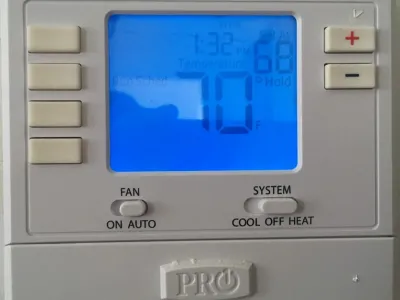Demand response is beneficial for customers
February 26, 2018

Were you aware that a significant portion of your energy costs come from the handful of hours each year that customers use the most energy? Everyone expects their lights to come on without fail no matter what time of day it is. This means utilities must build and maintain expensive power plants with the sole purpose to be turned on when electricity use is at its highest, which may only be for a few hours each year.
Customers can save a significant amount of money if we can reduce those peaks in demand by using energy at different times of the day – and demand response is an important tool to do that.